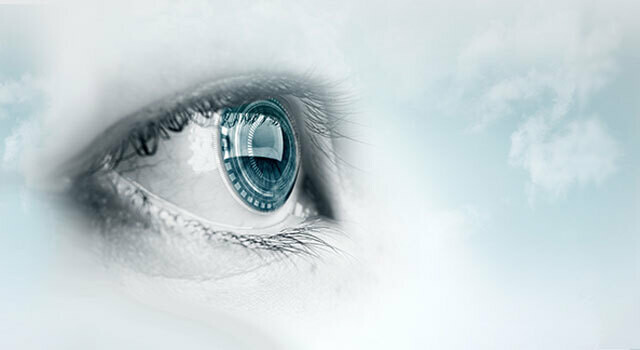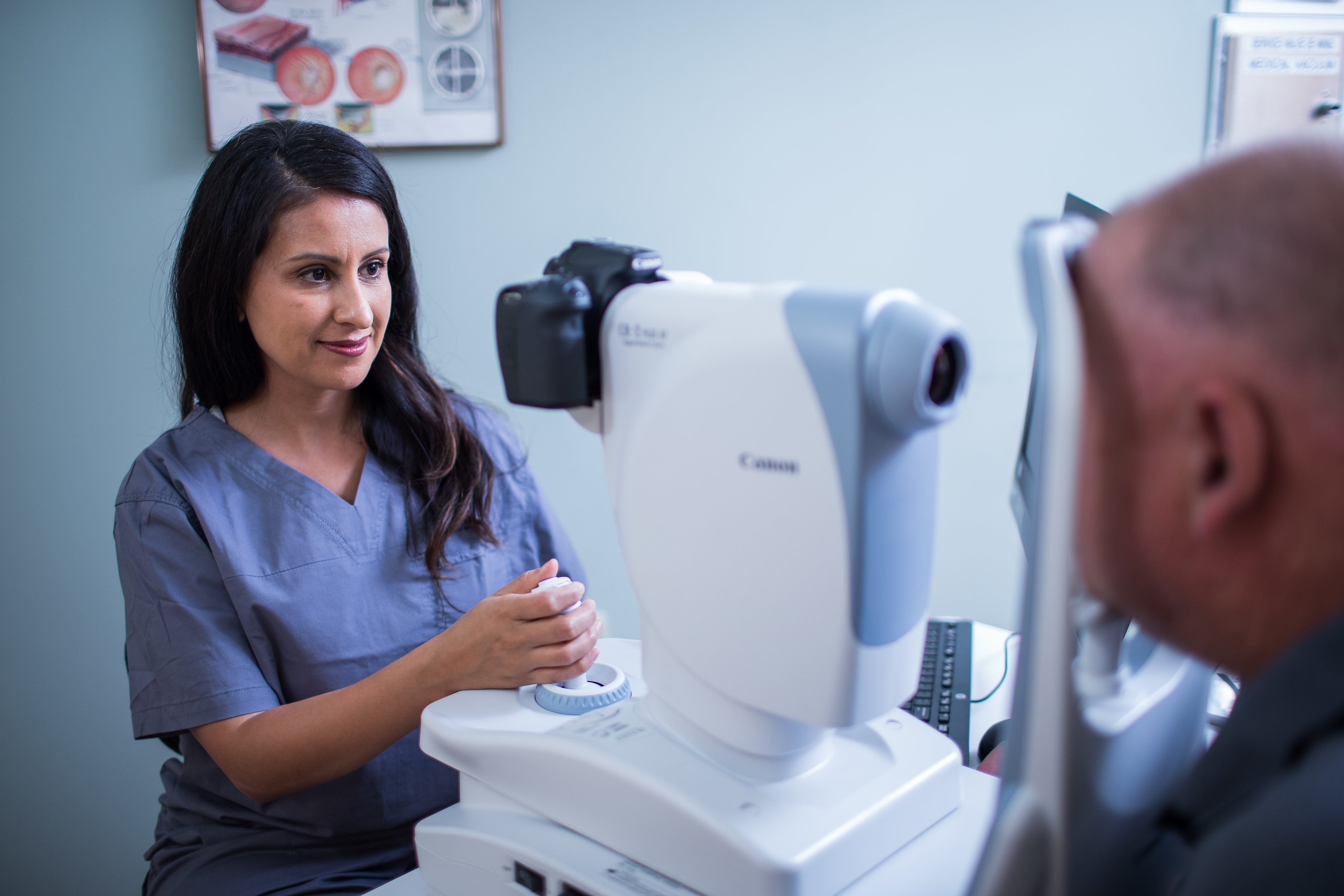Every Little Thing You Need to Know Regarding the Latest Technologies in Glaucoma Treatment and Eyecare
In the realm of ocular wellness, advancements in the treatment and monitoring of glaucoma have been progressively advancing, paving the way for enhanced patient treatment and results. From advanced diagnostic tools that offer extraordinary insights right into the illness development to innovative surgical methods that assure higher precision and quicker recuperation times, the landscape of glaucoma therapy is going through a considerable improvement.
Advanced Diagnostic Technologies
Advanced diagnostic technologies play a crucial duty in the very early discovery and surveillance of glaucoma, permitting more efficient therapy and monitoring of the problem. Amongst these technologies, optical coherence tomography (OCT) sticks out as a non-invasive imaging technique that offers comprehensive cross-sectional pictures of the retina, optic nerve head, and retinal nerve fiber layer. This high-resolution imaging helps medical professionals evaluate architectural changes in the eye created by glaucoma, allowing them to step in promptly.
Furthermore, visual area screening, such as automated perimetry, is another essential diagnostic tool for examining glaucoma-related vision loss - cataract care service. This test gauges the level of sensitivity of a patient's aesthetic field, helping to discover any areas of vision loss or distortion. By integrating OCT imaging with aesthetic area testing, health care service providers can acquire a comprehensive understanding of the condition's development and tailor treatment intends accordingly
Minimally Intrusive Operation
In the realm of glaucoma administration, the focus moves in the direction of minimally invasive procedures as an aggressive technique to resolve the progression of the condition adhering to sophisticated diagnostic analyses such as optical comprehensibility tomography (OCT) and visual area testing. Minimally invasive glaucoma surgical procedures (MIGS) have actually gotten appeal as a result of their efficiency in minimizing intraocular stress while minimizing the risks and recuperation times associated with traditional glaucoma surgeries. These treatments are normally carried out through tiny cuts, typically in combination with cataract surgical treatment, making them less intrusive and a lot more comfy for patients.
Some typical MIGS procedures include trabecular micro-bypass stents, which enhance the outflow of liquid wit, and micro-sized implants that boost water drainage in the eye. In addition, laser treatments such as discerning laser trabeculoplasty (SLT) offer a non-invasive option for lowering intraocular pressure. By incorporating these minimally invasive techniques right into glaucoma monitoring, eye doctors can give patients with reliable therapy alternatives that focus on security and quick recovery, ultimately improving long-term end results for people with glaucoma.
Unique Medication Therapies
Emerging drug treatments existing appealing opportunities for enhancing the pharmacological monitoring of glaucoma, supplying ingenious techniques to deal with intraocular pressure control and condition development. One novel drug treatment that has actually garnered attention is Rho kinase preventions. These medicines work by targeting the Rho kinase path, which contributes in controling the tone of the trabecular meshwork, the eye's drainage system. By inhibiting this path, Rho kinase inhibitors help to boost aqueous humor discharge, consequently minimizing intraocular stress.

Telemedicine and Remote Monitoring
With the great site advancement of novel medicine therapies broadening the therapy landscape for glaucoma, the combination of telemedicine and remote surveillance emerges as an essential component in improving person care and illness management. Telemedicine enables eye treatment professionals to remotely examine patients, supply consultations, and screen condition progression without the need for in-person sees. This is particularly useful for glaucoma people who need constant monitoring to avoid vision loss. Remote surveillance modern technologies enable clients to determine their intraocular stress or aesthetic area at home, permitting prompt changes to therapy plans. By utilizing telemedicine and remote tracking, healthcare carriers can boost access to care, improve client compliance, and find possible concerns early, bring about better results for people with glaucoma. Furthermore, these innovations use ease for people, especially those in remote areas or with mobility limitations, by decreasing the need for frequent center check check my source outs. Accepting telemedicine and remote tracking in glaucoma administration represents a considerable improvement in enhancing individual treatment and therapy efficacy.
Personalized Treatment Techniques
Progressing beyond standard one-size-fits-all approaches, individualized therapy techniques customized to specific patient attributes are changing Recommended Site the management of glaucoma. By personalizing therapy strategies based on aspects such as age, condition severity, way of life, and other wellness problems, ophthalmologists can boost and optimize outcomes client fulfillment.
Tailored treatment approaches in glaucoma include a detailed analysis of each person's unique profile. This may include genetic testing to identify particular danger elements, imaging methods to examine architectural modifications in the eye, and useful examinations to review aesthetic area loss. By incorporating these customized understandings, medical care carriers can develop targeted interventions that address the underlying root causes of glaucoma progression for each individual.
Moreover, advancements in technology have enabled the development of tailored therapy alternatives such as minimally intrusive glaucoma surgical procedures (MIGS) customized to the individual's details requirements - cataract care service. These treatments use efficient intraocular pressure control with fewer complications, boosting the general high quality of care for glaucoma patients. Welcoming individualized treatment approaches notes a substantial paradigm shift in glaucoma monitoring, highlighting precision medication to provide customized solutions for far better individual outcomes
Verdict
In final thought, the most up to date advancements in glaucoma treatment and eyecare include progressed diagnostic modern technologies, minimally invasive medical procedures, unique medication therapies, telemedicine and remote tracking, and personalized therapy approaches. These improvements are revolutionizing the means we diagnose and deal with glaucoma, supplying more efficient and personalized options for people. By staying updated with these growths, healthcare experts can provide much better treatment and improve results for people with glaucoma.

With the evolution of unique drug treatments increasing the treatment landscape for glaucoma, the combination of telemedicine and remote surveillance emerges as a pivotal element in enhancing individual treatment and illness monitoring. refractive surgeries in al. Welcoming telemedicine and remote monitoring in glaucoma management stands for a significant advancement in optimizing client care and treatment effectiveness
In verdict, the most current innovations in glaucoma therapy and eyecare include advanced analysis modern technologies, minimally intrusive medical treatments, novel drug therapies, telemedicine and remote tracking, and individualized therapy approaches.